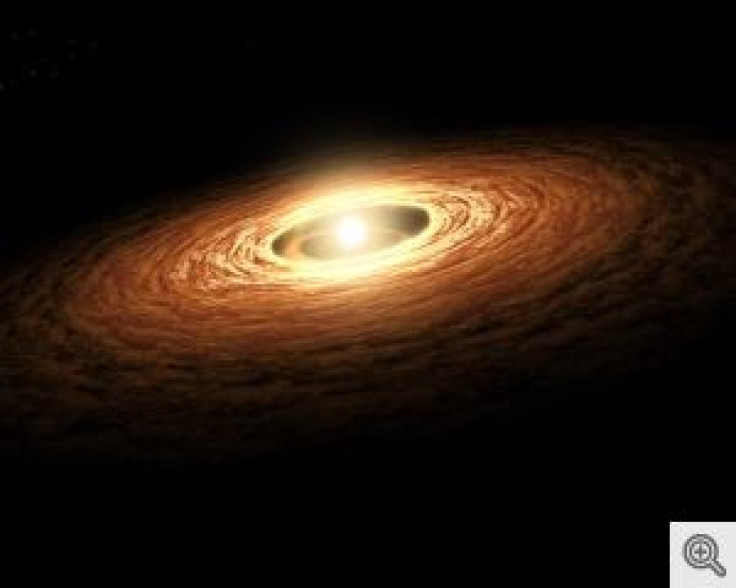Astronomers Discover Mysterious Young Star

Astronomers from the University of Michigan in the U.S. and the Leibniz Institute for Astrophysics in Potsdam, Germany have discovered a mysterious young star.
The scientists have detected a mysterious ring of carbon monoxide gas around the star V1052 Cen. The star is about 700 light years away and is located in the southern constellation of Centaurus. It has a strong magnetic field and rotates very slowly, compared to most other stars.
According to the astronomers, young stars are usually characterized by the presence of carbon monoxide gas; the gas usually spreads through the star. This star, however, has a ring of carbon monoxide gas around it which makes it rather different.
The question, then, is why do the turbulent motions (of the star) not tear the ring apart?
"It's exciting because this is the most constrained ring we've ever seen, and it requires an explanation," said Charles Cowley, Professor Emeritus at the University of Michigan, who led the international research team, "At present time, we just don't understand what makes it a rope rather than a dish."
"How permanent is the structure? What forces might act to preserve it for times comparable to the stellar formation time itself?" he added.
"What makes this star so special is its very strong magnetic field and the fact that it rotates extremely slow compared to other stars of the same type," said Swetlana Hubrig, of the Leibniz Institute for Astrophysics, in Potsdam, Germany, "This star is a gift of nature."
© Copyright IBTimes 2024. All rights reserved.








